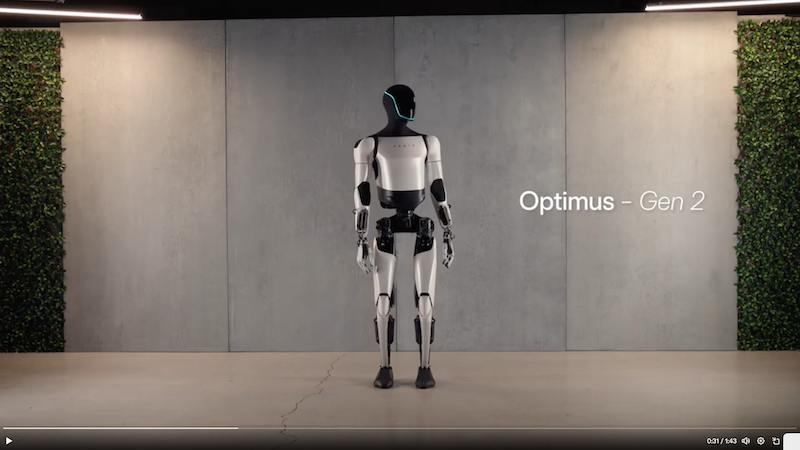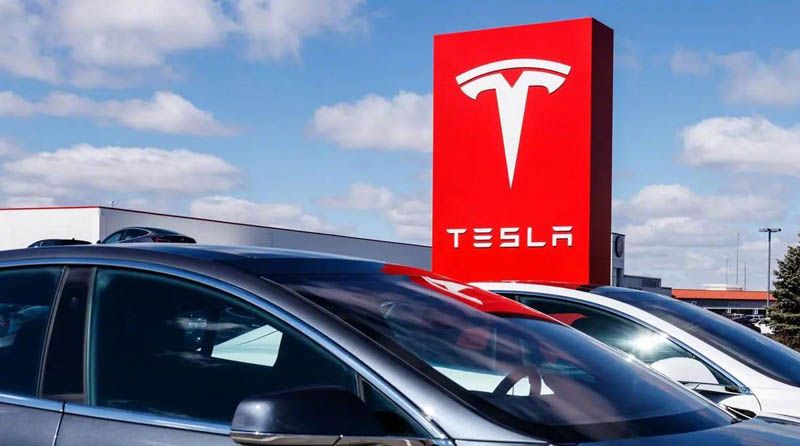Morgan Stanley analyst Adam Jonas recently speculated that Tesla sits at the epicenter of a potential “Cambrian Explosion” of physical AI. This refers to an acceleration of technologies centering on AI systems capable of moving and acting dynamically within the real world. Jonas argues Tesla’s ambitions in areas like robotics and autonomy place it at the crux of this new morphological era for AI.
At first glance, Tesla appears focused squarely on electric vehicles, sustainable transport and energy products. But peel back the layers and you discover grand visions around artificial general intelligence (AGI) with major implications.
Take Tesla’s robotaxi plans which involve fully autonomous vehicles transporting riders without human oversight. The specialized AI required to visually interpret complex environments and navigate accordingly already pushes boundaries. Expand the scope to humanoid helpers like Tesla’s Optimus bot prototypes revealed in 2022, and the challenges compound further.
Teaching bipedal robots to balance, walk and dexterously manipulate objects demands radical advances in areas like computer vision, motion planning and actuator engineering. Yet Tesla’s Optimus project aspires to produce useful human-scale AI robots within years, Optimus Gen 2 ups agility for more lifelike movement, their vehicles accumulate vast datasets for training self-driving algorithms too.

Tesla’s DOJO supercomputer for training neural networks also feeds these ambitions. Beyond autonomous driving, DOJO could catalyze bleeding-edge AI research into robotics, computer vision applications and more. So while DOJO pipes directly into Tesla’s vehicle fleet today, its implications reach much wider.
Extend these pursuits even further and one sees the foundations being laid for an intelligent, hyper-connected ecosystem where software directly interfaces our physical surroundings. Self-driving cars, humanoid bots, automated factories, perhaps even augmented reality layers – all unlocked by capitalizing on recent leaps in AI capabilities.
In that sense, Tesla’s drive to push boundaries around autonomy, robots and machine learning acts as a microcosm for AI’s broad proliferation. Its initiatives sit central to helping transform sci-fi visions of adaptive, ubiquitous AI into everyday reality over coming decades.
So when Adam Jonas describes Tesla as the possible spark behind an impending “Cambrian Explosion” moment for physical AI, it may not seem so hyperbolic after all. The raw building blocks already take shape through Tesla’s multifaceted approach today, prepping technology for a new morphological era tomorrow.
